Photographic cameras’ roots go deep. Everything started with the camera obscura, and continued with Daguerreotypes, 35mm cameras, digital cameras and camera phones.
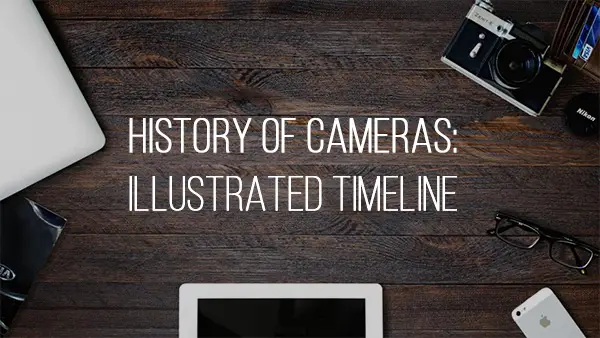
Now we offer you to learn more about the photo cameras ‘way’ through ages and generations of photographers.
Due to the popularity of this post, it was updated by Chris Ford. So, please, scroll down till the end!
<1040
The first pinhole camera (also called the Camera Obscura) was invented by Alhazen (Ibn Al-Haytham).
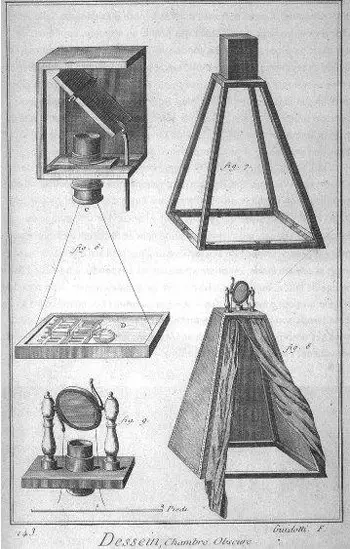
1839
The Daguerreotype Camera was announced by the French Academy of Sciences. One of these inventions is now the world’s most expensive cameras.
1840
The first American patent issued in photography to Alexander Wolcott for his camera.
1859
The panoramic camera patented by Thomas Sutton.
1861
Oliver Wendell Holmes invents stereoscope viewer.
1888
George Eastman patents Kodak roll-film camera. Eastman was a pioneer in photographic films usage. He also started manufacturing paper films in 1885. His first Kodak box camera was very simple and very cheap.
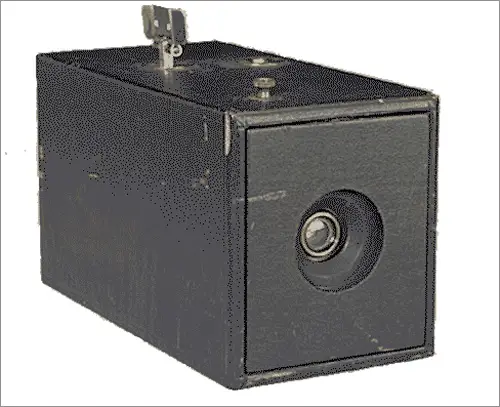
1900
First mass-marketed camera – the Brownie was presented by Eastman. It was on sale until 1960s.
1900
The Raisecamera (travel camera) was invented. Extreme light weight and small dimensions when it is folded made this photo camera the most desirable thing for landscape photographers.
1913/1914
The first 35mm still camera (also called candid camera ) developed by Oskar Barnack of German Leica Camera. Later it became the standard for all film cameras.
1929
First Rolleiflex Twin Lens Reflex introduced. These cameras were known for their exceptional build quality, reliability, superior optics and small size.
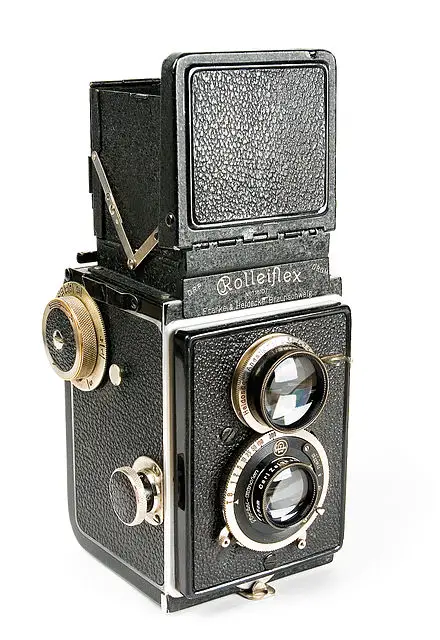
1933
Zeiss Ikon Super Ikonta 530/2 folding camera made for 120 roll film.
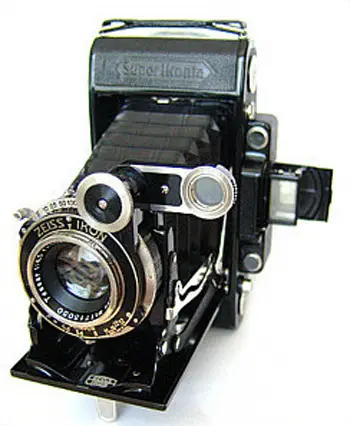
1948
Edwin Land invented the Polaroid camera which could take a picture and print it in about one minute.
1960
EG&G develops extreme depth underwater camera for U.S. Navy.
1978
Konica introduces the first point-and-shoot, autofocus camera Konica C35 AF. It was named “Jasupin”.
1981
Sony demonstrates the Sony Mavica – the world’s first digital electronic still camera. Digital photography and television images are related to the same technology, so this camera recorded images into a mini disk and then put them into a video reader. Images could be displayed to a television monitor or color printer.
1986
Fuji introduced the disposable camera. The inventors also call this device “single-use cameras”.
1991
Kodak released the first professional digital camera system (DCS) which was of a great use for photojournalists. It was a modified Nikon F-3 camera with a 1.3 megapixel sensor.
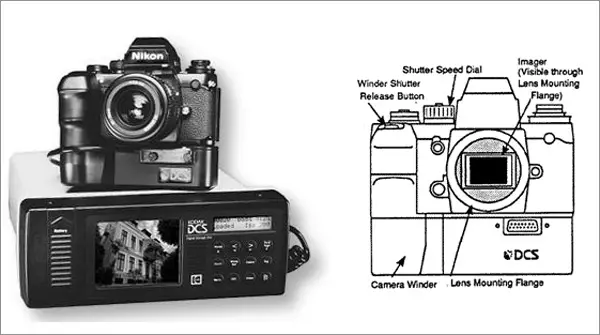
1994-1996
The first digital cameras for the consumer-level market that worked with a home computer via a serial cable were the Apple QuickTake 100 camera (February 17 , 1994), the Kodak DC40 camera (March 28, 1995), the Casio QV-11 (with LCD monitor, late 1995), and Sony’s Cyber-Shot Digital Still Camera (1996).
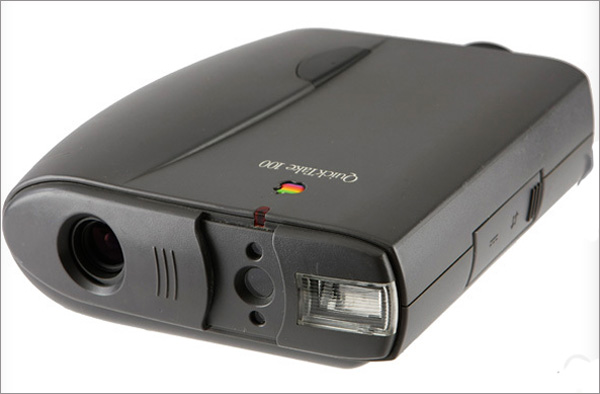
2000
In Japane Sharp’s J-SH04 introduced the world’s first camera phone.

2005
The Canon EOS 5D is launched. This is first consumer-priced full-frame digital SLR with a 24x36mm CMOS sensor.
We hope that this timeline of cameras was quite interesting for you. You can find other facts about cameras here.
Update
One of the more popular articles here at Photodoto is our illustrated timeline of camera history. It’s a nice article hitting all of the highlights and major technological advancements within the history of photography. The timeline stops at the year 2005.
Since it’s been 10 years since then, we decided to take another look at the history of the camera and examine what advances in the technology have been made during the last decade.
Cell Phone Cameras
For some weird reason, someone at Japan’s Sharp Corporation decided to make a cell phone with a camera built in. Despite its seeming randomness, this combination worked well. These days, it’s hard to imagine a cell phone without a camera. They’re everywhere.
So what advances have these tiny cameras made during their short history?
Sony Ericsson S750
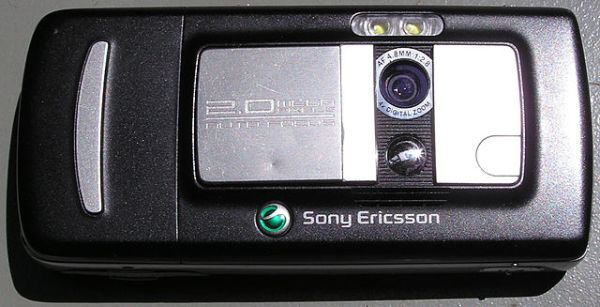
By 2005, consumers proved to love having cameras built in to their phones, so manufacturers starting racing against one another to produce the best, smallest cameras they could. Enter the Sony Ericsson S750.
The S750 was the first camera phone to feature autofocus (not counting Samsung’s ridiculous SCH-V770) and a 2MP sensor. This phone helped fuel an arms race of sorts between Sony Ericsson and Nokia, and probably every other cell phone manufacturer at the time.
Samsung M8910
Somewhere along the way during this camera phone war, companies started really upping their games. Samsung launched a major salvo in this war with the release of the M8910. It marked phone camera megapixel counts moving into double-digits with its 12MP sensor. The M8910 was also the first phone to introduce many features found on pro-level digital cameras.
Nokia Lumia 1020
In 2013, Nokia released the camera phone equivalent of a mic drop, the Lumia 1020. This phone features a 41MP sensor, which was larger than any prosumer-level DSLR available. The 1020 also featured a Carl Zeiss lens, image stabilization, and PurView Pro technology, which enables lossless digital zoom.
These cameras didn’t represent the average quality of cameras built into phones during this time, but they have served to motivate manufacturers to improve overall camera quality across the board.
Mirrorless Cameras
If you’re not familiar with mirrorless cameras, you can check out my article on them. They’re typically smaller than a consumer-level DSLR and produce images that compete with DSLRs in quality. And they’re gaining popularity, especially among traveling photographers, street photographers and photography enthusiasts who want great pictures without lugging a giant DSLR around.
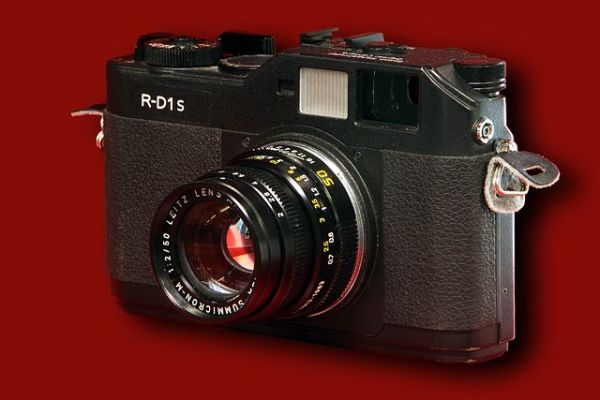
Technically, the first mirrorless camera, the Epson RD1, made its debut in 2004. But it proved to be ahead of its time, as it would be a few more years before mirrorless cameras gained a foothold in the camera market.
Fujifilm FinePix X100
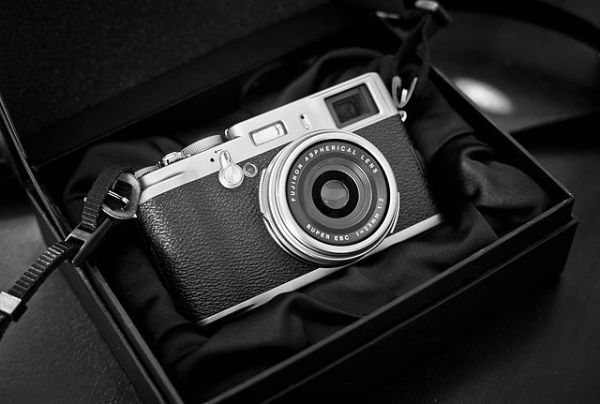
Fujifilm certainly didn’t make the first mirrorless camera, or even the first really popular mirrorless. But Fuji’s FinePix X100 displayed a willingness to cater to niche users: advanced photographers who wanted the aesthetics and controls of vintage film cameras. The X100 featured a wide-angle prime lens and the option to shoot with an in-body rangefinder-like viewfinder.
Sony Alpha 7 Series
In 2013, Sony made a big jump in its mirrorless camera offerings with the Alpha 7 and the Alpha 7R. These were the first mirrorless cameras to feature a full-frame sensor. At this point, mirrorless cameras became full-fledged contenders with prosumer-level DSLRs.
Action Cameras
While action cameras and quad-rotor helicopters are mostly geared toward shooting video, these two advancements bear mentioning, simply because of how much they’ve advanced people’s ability to capture amazing images.
GoPro HD Hero
A surfer named Nick Woodman wanted a way to capture photos while he was surfing, so he began tinkering with 35mm cameras. Woodman continued to improve on his design, and in 2010, his company, GoPro, released the GoPro HD Hero.
The HD Hero marked the first rugged, waterproof camera able to capture video in 1080p. Since then, the Hero line of cameras has become the standard in the now-widespread market of action cameras.
Light-Field Cameras
Lytro introduced the first light-field camera to the general public in 2012. This camera opened up an entire world of new possibilities for photographers and audiences. The technology featured in the Lytro captures information from the subject being photographed that allows the resulting image to be refocused after it’s been taken.
What that means is when you use a Lytro, you can change the focal plane of an image by touching it (on a touchscreen display) or clicking on it with a mouse. While the Lytro and its successor, the Lytro Illum, haven’t become overwhelmingly popular with consumers yet, the technology is becoming more prevalent. Even some smartphone makers are trying to copy this effect.
The End of an Era
Some major advancements have occurred in the last 10 years. But some other technologies and iconic camera equipment have disappeared. I wanted to take a look at two bits of photographic history that have come to an end.
Polaroid Instant Film
In 2008, legendary and ground-breaking company Polaroid stopped producing all of its instant films and cameras. While Polaroid pioneered instant photography, and photography in general, the company couldn’t maintain the public’s interest in instant film photography in an ever-increasing digital age.
Other companies, however, have stepped in to fill the gap. Fujifilm produces two instant cameras: the Instax Mini and the Instax Wide, as well as film to go with them. Fuji also still produces instant sheet film that can be used in older Polaroid cameras.
And then there’s the Impossible Project. This group manufactures film packs for the most popular models of Polaroid cameras. Taylor Swift famously used Impossible Project film for the cover of her album, 1989. You can find more details about getting started with instant film photography, along with other types of film photography, in my guide.
Kodak Kodachrome
For quite some time, Kodak’s Kodachrome color film was the industry standard in photography. It was the go-to film for artists, photojournalists and all other manner of photographer. But processing the film was complicated, which equaled expensive. As such, the ever-practical field of professional photography gradually lost interest in Kodachrome film as digital photography evolved and dropped in price.
So, in 2009, Kodak stopped producing it. The last roll of Kodachrome was shot by Steve McCurry in 2013. Goodbye, Kodachrome.
If you are looking for camera overlays check out fixthephoto.
I hope this article gives you a better idea of how far we have come along in cameras.
To find out what the most expensive cameras in the world have been, read the article here.
Click here to learn more about the invention of photography.



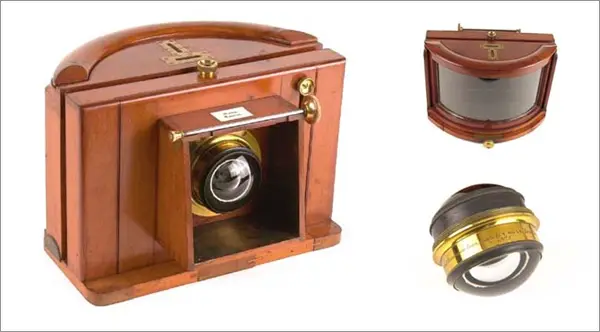

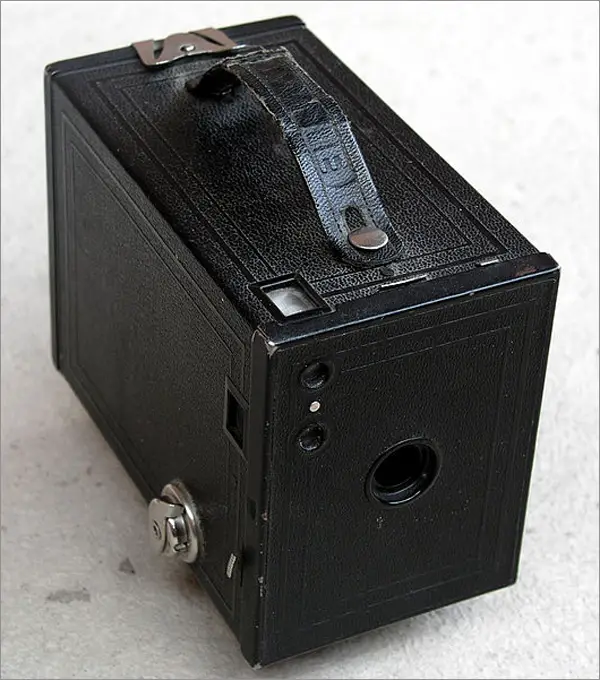

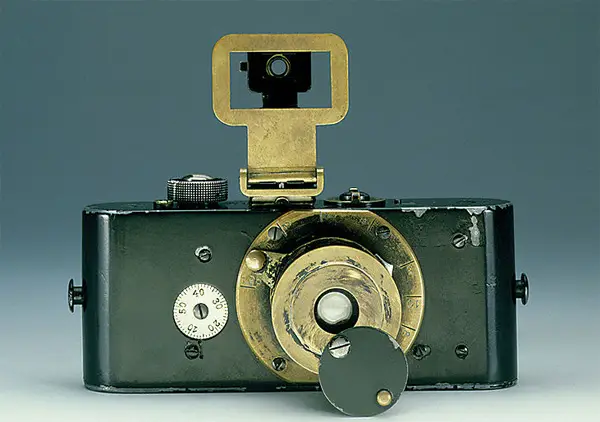
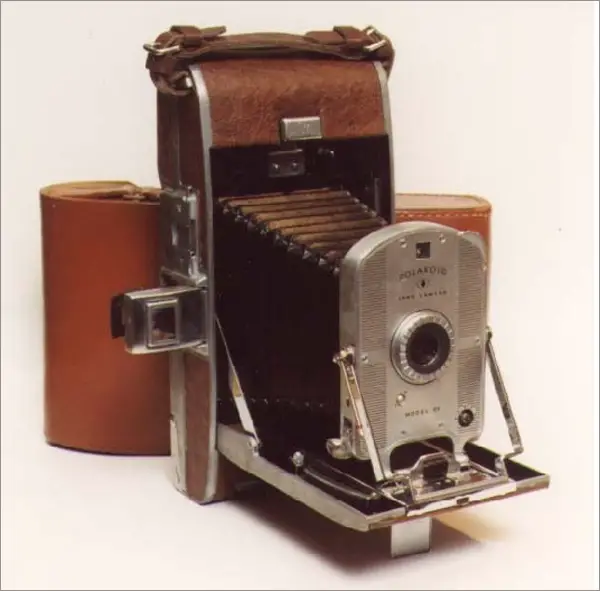
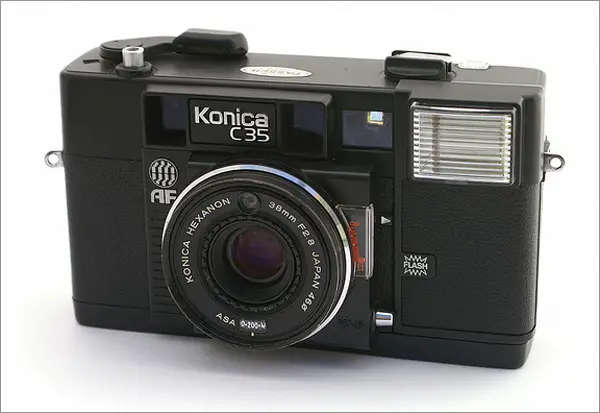
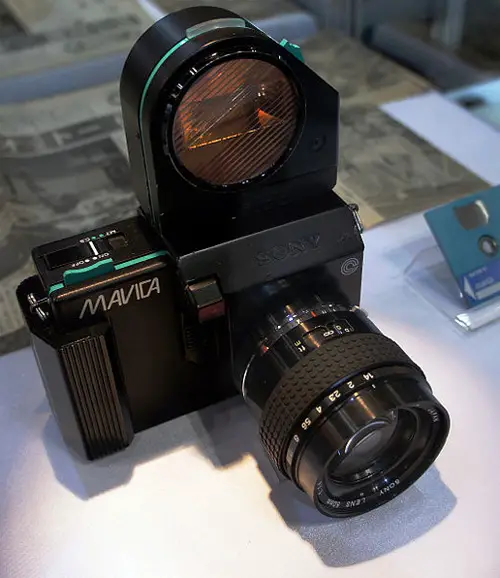
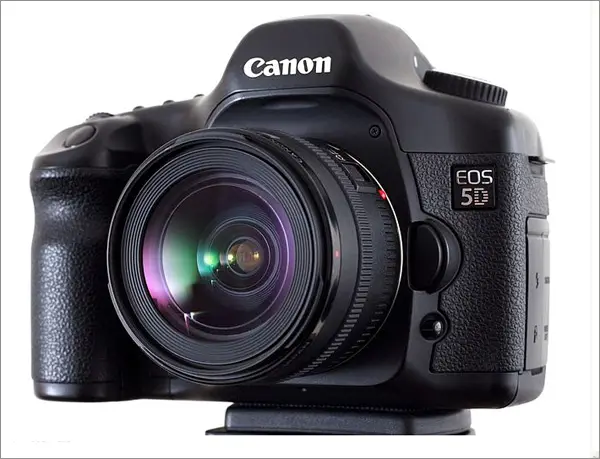
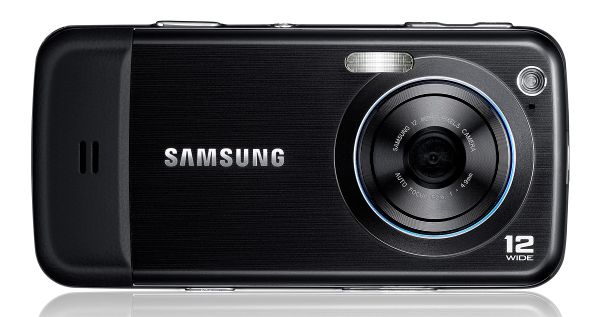

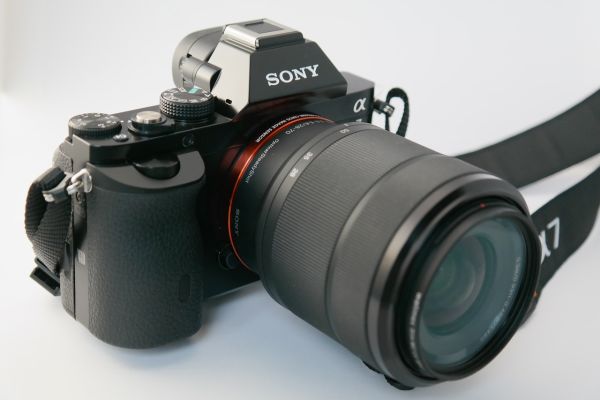
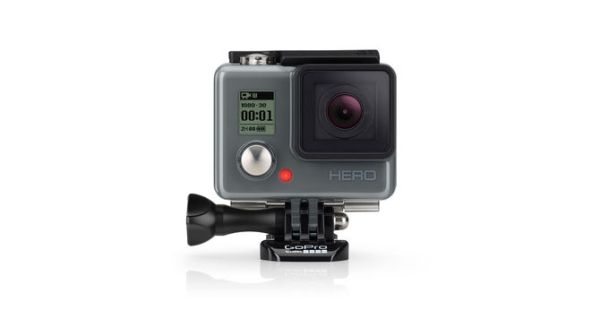
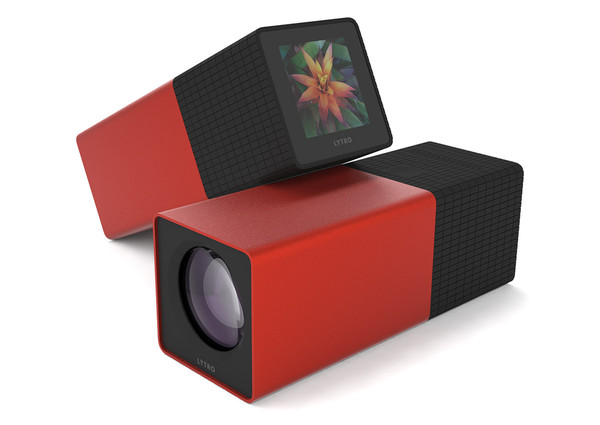








when was this last updated?
Probably around 2005 I’m guessing, they’ve left out IPhones and other modern day cameras.
Welp, dis isnt as bad as wikipedia right. I looked it up there and it said that jesus christ invented the camera
bullshit
I am doing an essay paper on the camera and how it changed through time. Thank you!
Hi there,
So glad that our post on the camera-history timeline helped you with school! That’s what we’re here for. Thanks for reading Photodoto.
Yeah same here thank you a ton
me too thanks
Myself included, thank you.
me to
omg me too
Omg that is so adorbies
i lub choo
Great article. Would love to see it updated. Things are moving fast.
fuck this site
loooooolll
this aint that helpful #ImSayingYouNeedToCheckYourFacts
..
fuck this shit!
delete this websie now its NOThelpful DELETE!!!!!!!!!!!!!!!!!!!!!!!!!!!!!!!!!!!!!!!!!!!!!!!!!!!!!!!!!!!!!!!!!!!!!!!!!!!!!!!!!!!!!!!!!!!!!!!!!!!!!!!!!!!!!!!!!!!!!!!!!!!!!!!!
Good imformated
kinda need a time line picture for school and this website sucks
i like taking photos of dicks
also…
Cunt.
fuckwit
hi
me to lol
Me three aha
Fuckwit is a loser
he has no friends
all you fuckwits out there i love you
dick head likes pussy
fuckwit is a fuckwit
bacon is life
FUCK SHIT UP
Such a helpful timeline for my summer project, thank you!!
This article is truly worth -5 stars!!!!
Hi guyssss
ew
NO.
What is life.-_-
When I look it up on wik it said lenardo made it!
If people were observant enough they’d have seen that it was uploaded on October 11 2011.
This is the internet. People are rarely observant. Most of the comments ITT make Youtube seem like a pretty decent place.
this website helped me on a photography project
but u need to update:] thanks
You moniker is most appropriate.
Sure you found enough exclamation points?
i like cameras
dumbass bitch
your a whore
fuck
Nice timeline, but I there are big missing like the mirror reflex camera’s, which is one of the most important inventions for sophisticated photography.
wow why is it necessary for everyone to say fuck this and that it’s bullshit and terrible? If you don’t like the site just close it. It is a perfectly good collection of very basic information. Someone put hard work and a lot of effort and research into this page because they are passionate about the topic. Get your heads out of your asses and if you think it’s stupid, why were you still wasting your time to comment rude crap instead of constructive feedback?
y u no gramar gud?
mee tooo
Marty,
Please consult the following page: https://www.photodoto.com/republishing/
also working on project